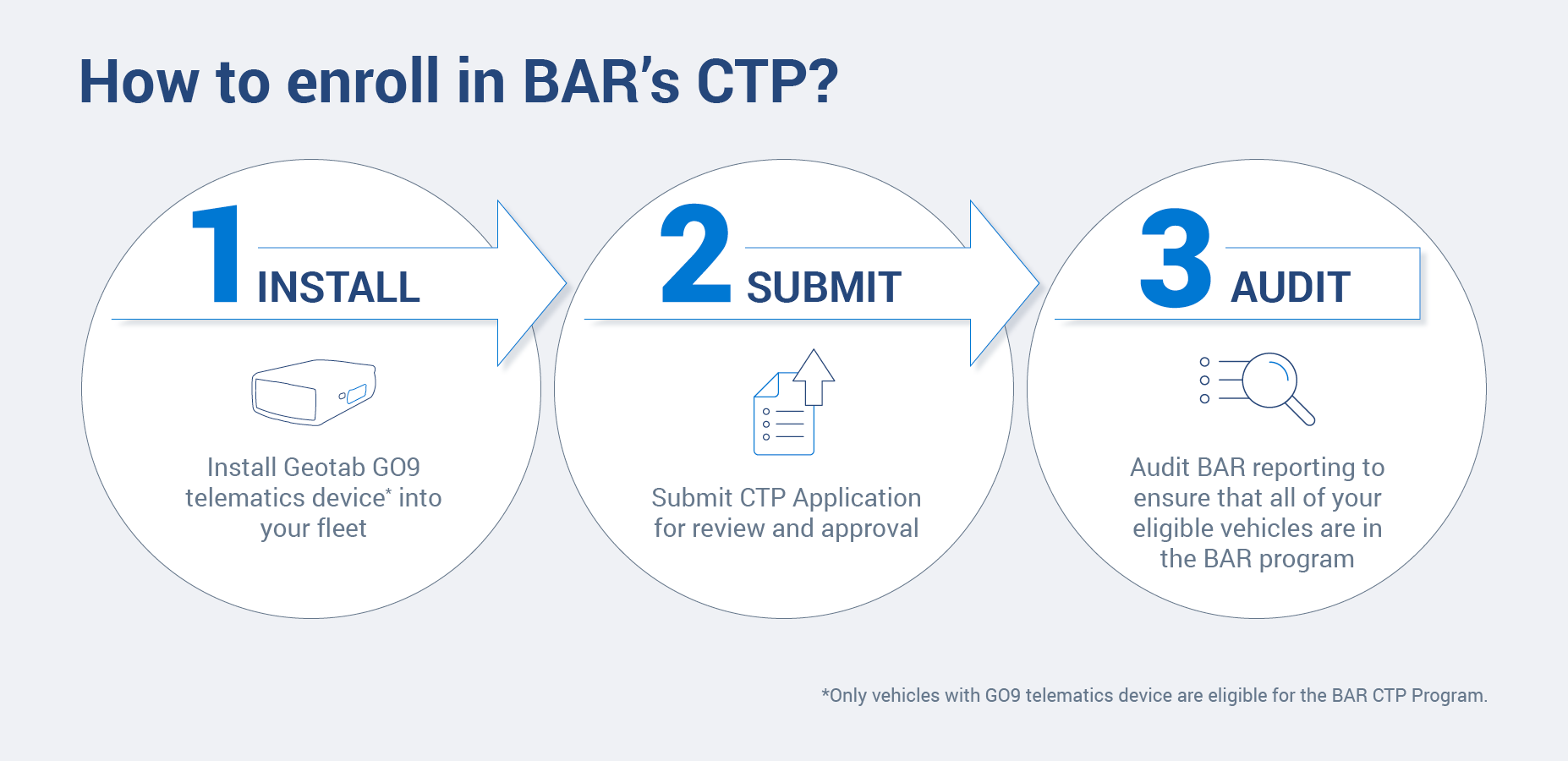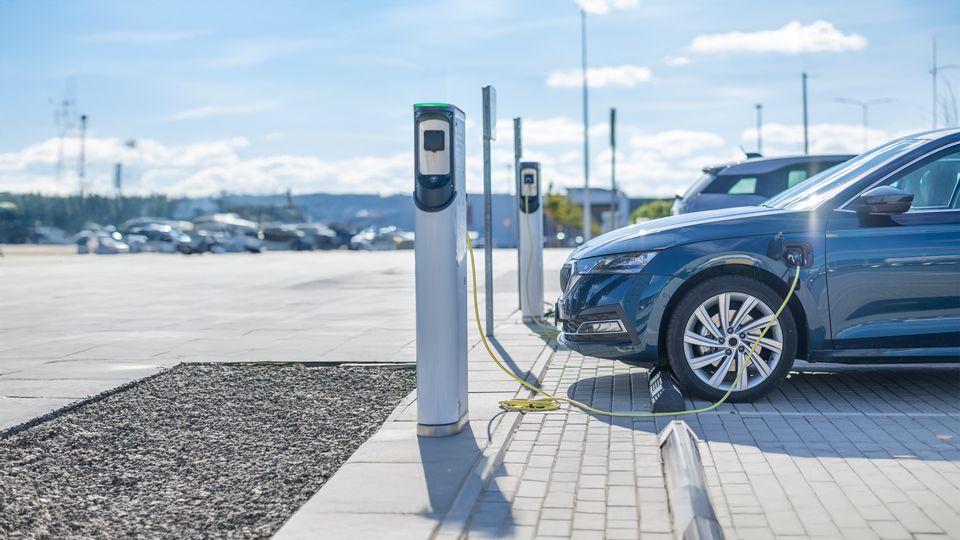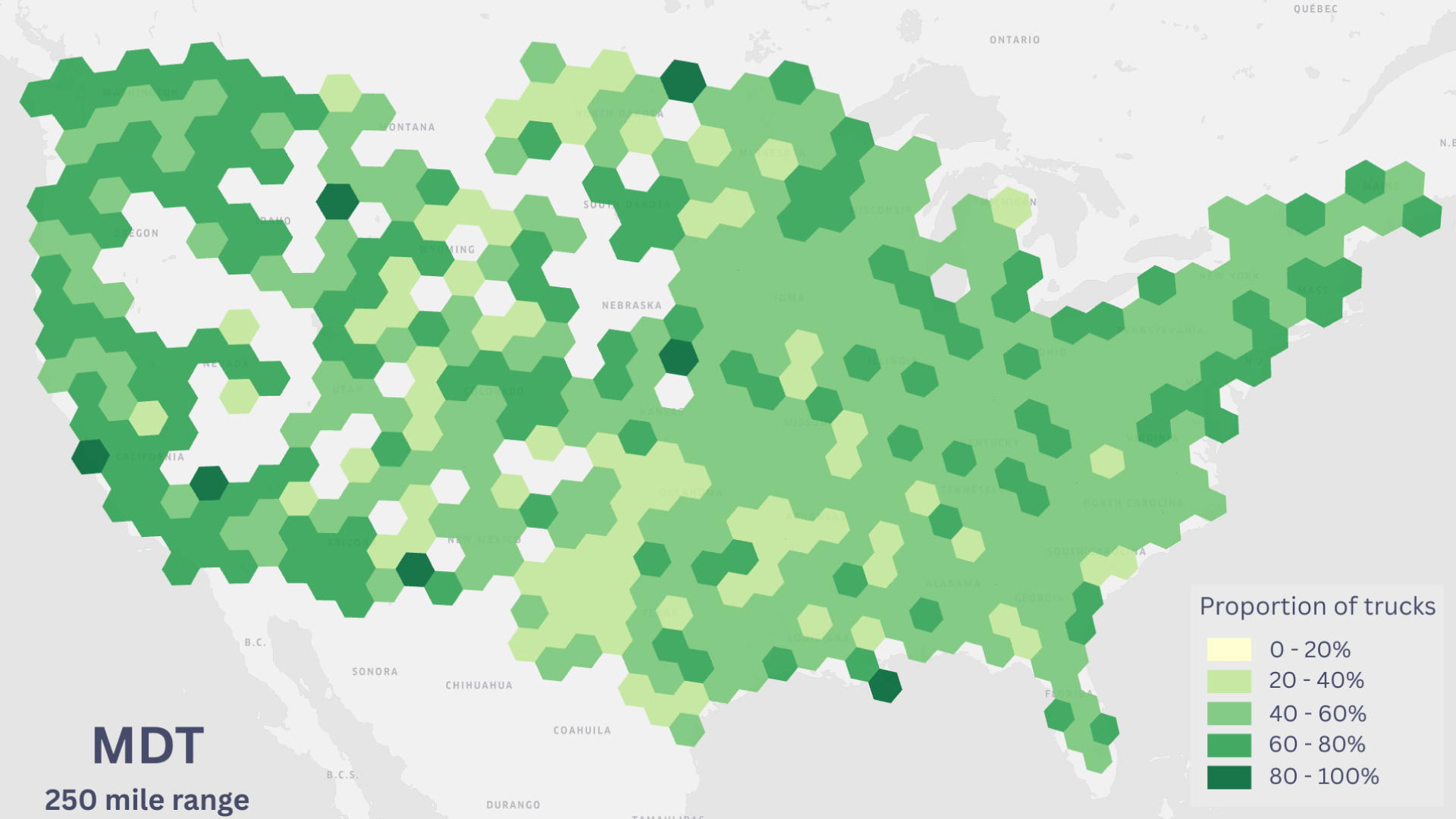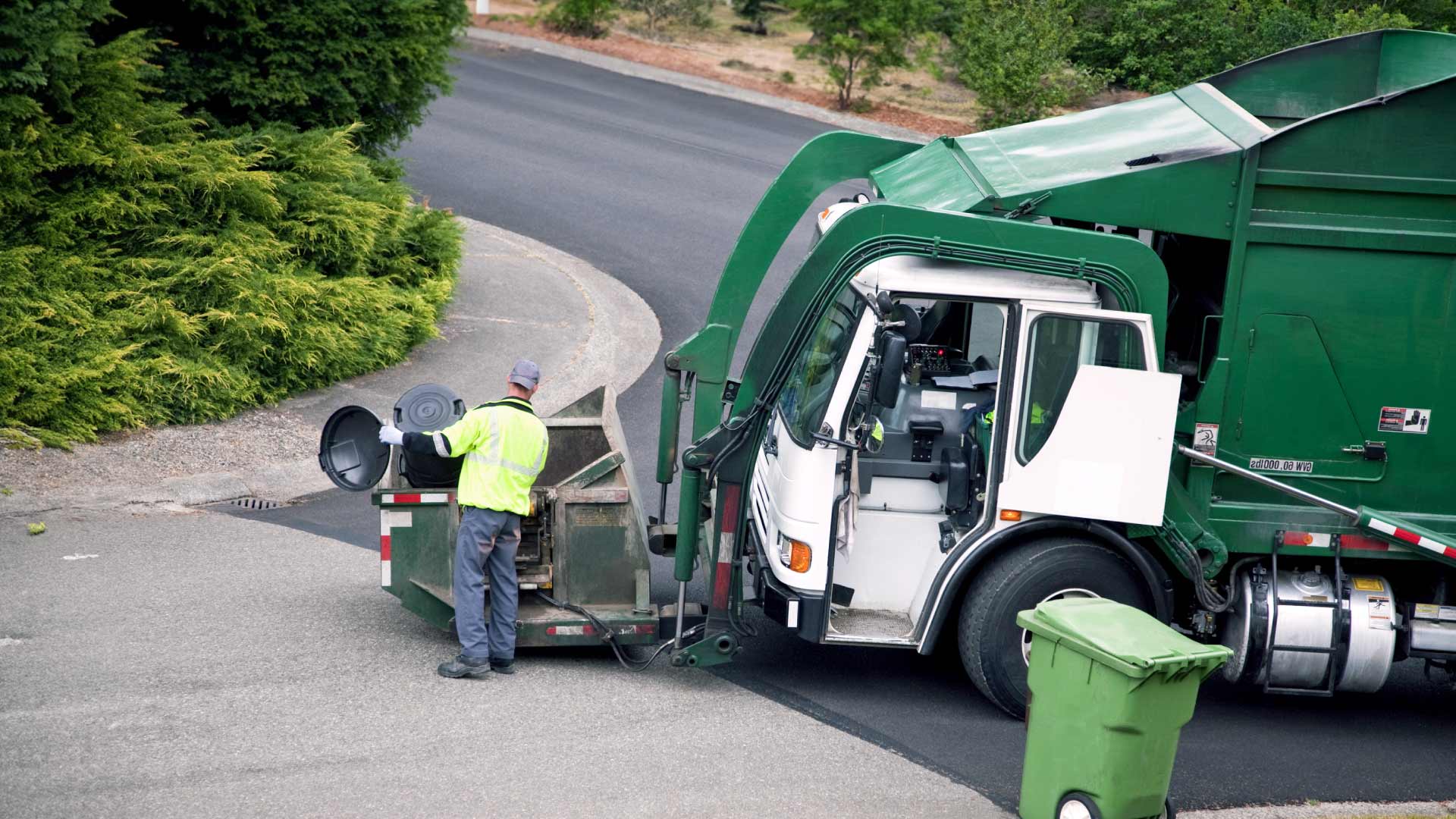Geotab and the California BAR: What you should know
Geotab has been approved for participating in the California BAR Continuous Testing Pilot Program. Here’s what that means for you.


In California, smog checks are required every two years on vehicles more than eight model-years old. Smog checks are also required when selling a vehicle that is more than four model-years old and when registering an out-of-state vehicle for the first time. Under California law, every vehicle that meets these program requirements must be smog tested and the results be reported to the California Bureau of Automotive Repair (BAR).
What is a smog check?
The average smog check takes about 20-30 minutes to complete and pricing varies depending on the location.
Smog checks are designed to measure the amount and type of pollutants your vehicle is emitting, and may include:
- Visual inspection of emission control components and systems
- On-Board Diagnostic (OBD) system inspection
- Inspection of the check engine light, exhaust gas recirculation system, ignition timing, fuel evaporative system and gas cap
- Tailpipe emissions inspection
How are government fleets affected?
As you can imagine, Smog checks can be challenging for government fleet managers to navigate, especially those managing large fleets.
That’s because they not only lose the 20 to 30 minutes per vehicle during the time it takes to run the smog check, they also must consider the time it takes to drive vehicles to and from test sites. Not to mention, coordinating this type of effort with the differing vehicle makes, models and years. In large fleets, this requirement can drain a lot of resources.
This is where technology can now play a critical role. OBD-II is the second generation of self-diagnostic equipment for certified vehicles in California. OBD-II systems check vehicle components to verify proper functioning. If a problem or malfunction is detected, the OBD-II system turns on a warning light on the instrument panel to alert the driver, typically displaying the phrase "Check Engine" or "Service Engine Soon."
How can telematics help?
The Bureau of Automotive Repair has introduced a Continuous Testing Program (CTP) Pilot program that alleviates the effort of in-person smog check using telematics. It allows government agencies with fleet vehicles to achieve a certification sticker without the vehicles ever needing to go through a manual inspection. This is done through the use of onboard telematics devices.
How Geotab and the California BAR are working together to help government fleets
Geotab has been approved to participate in the California BAR CTP to help government fleets bypass the in-person smog checks required in California. Using engine data processed through the Geotab GO9 telematics device, BAR can grant vehicles enrolled in the CTP with a pass on the smog check without the need to send vehicles in for manual inspections.
Once a client has decided to use the Geotab device for smog check and selected vehicles, the eligible vehicles are set up in the Geotab database. The Geotab device supports the integration with BAR by gathering the necessary information from the vehicle’s OBD-II port and sends that information to MyGeotab. BAR makes a web service call to a Geotab hosted middleware server and the customer data is pulled into the BAR environment from this resulting interaction.
Ultimately, the data is processed to determine a pass or fail of the smog check for each vehicle. If a vehicle needs repairs or maintenance, the California BAR will notify the organization that a smog check inspection is necessary. However, vehicles can skip the in-person smog check if data shows the vehicle is healthy and up-to-date with any necessary maintenance.
Vehicles that pass the BAR testing will be granted an emissions pass. Clients will be notified by BAR if a vehicle has failed the smog check.
What are the benefits for enrolling in California BAR’s CTP?
- Savings of $30-$70 per smog check
- Substitute biennial smog check inspections as long as the vehicles continue to meet the smog check requirements
- Reduce vehicle downtime
- Confirm vehicles are running as cleanly, efficiently and environmentally friendly as possible
- Stay ahead of routine and preventative maintenance

Next steps
If you’re interested in getting started with the BAR CTP program for your own local fleet agency please reach out to california@geotab.com.
If you are outside of California and would like to explore the possibility of implementing a similar program for your agency, please contact Neil Garrett, Associate Vice President of Business Development, Government at Geotab.
This is an exciting new development for Geotab and in line with Geotab’s green initiatives. It saves fleet managers, time and money as an indirect benefit of Geotab telematics.
Additional information about the BAR CTP Program is available here:
Subscribe to get industry tips and insights

Neil Garrett is an Associate Vice President of Business Development, Government for Geotab.
Table of Contents
Subscribe to get industry tips and insights
Related posts

Enhancing winter road maintenance with postseason materials usage analyses
June 20, 2025
6 minute read

Beat the Heat: Easy Ways to Maximize Your EV Range This Summer
June 19, 2025
2 minute read

The impact of unproductive idling on police vehicle service life
June 10, 2025
3 minute read

Charlotte Argue: Breaking down cost barriers for electric fleets
June 5, 2025
4 minute read

Smart selection guide for school bus fleet maintenance features
May 21, 2025
5 minute read

Six ways telematics reduces costs for waste management fleets
May 16, 2025
6 minute read